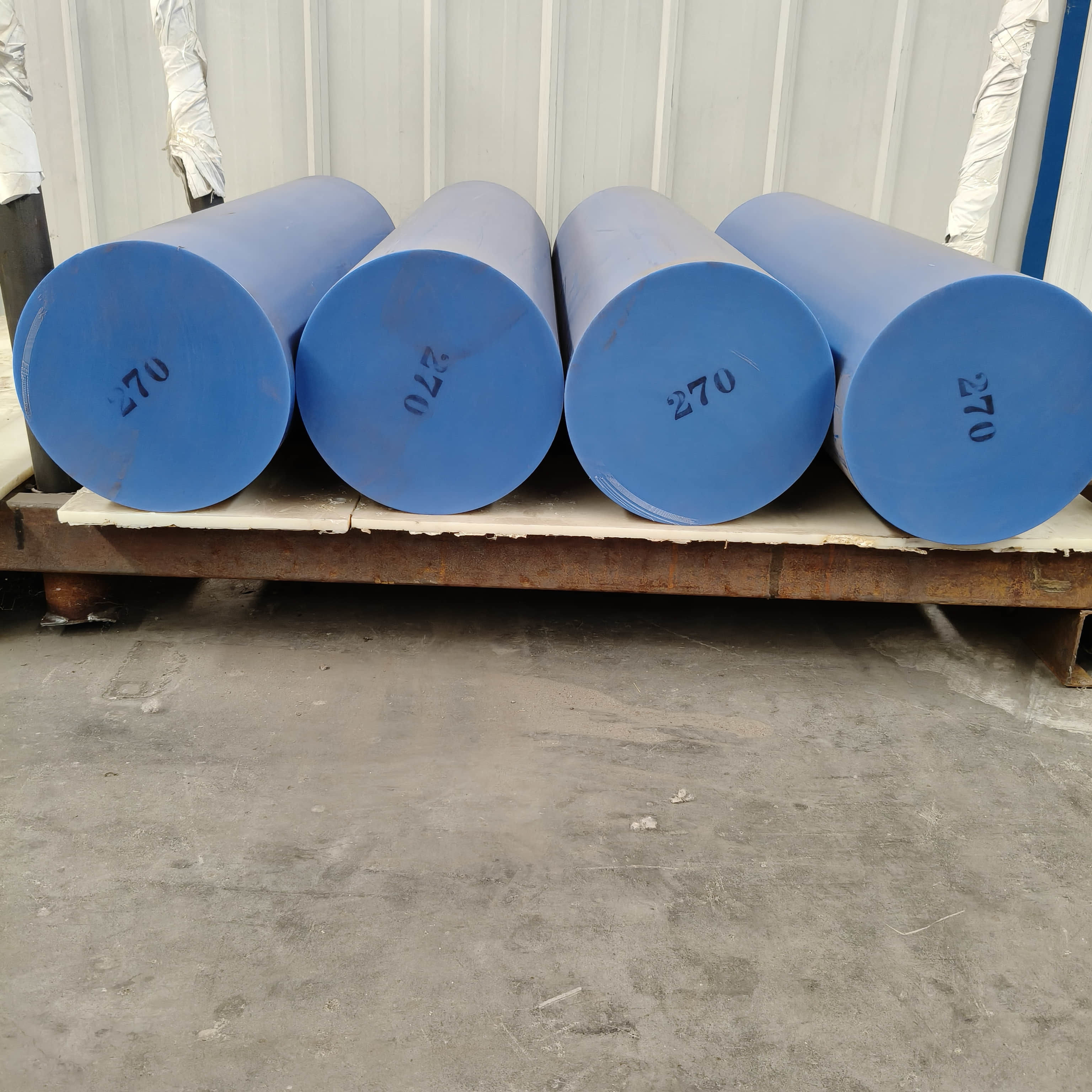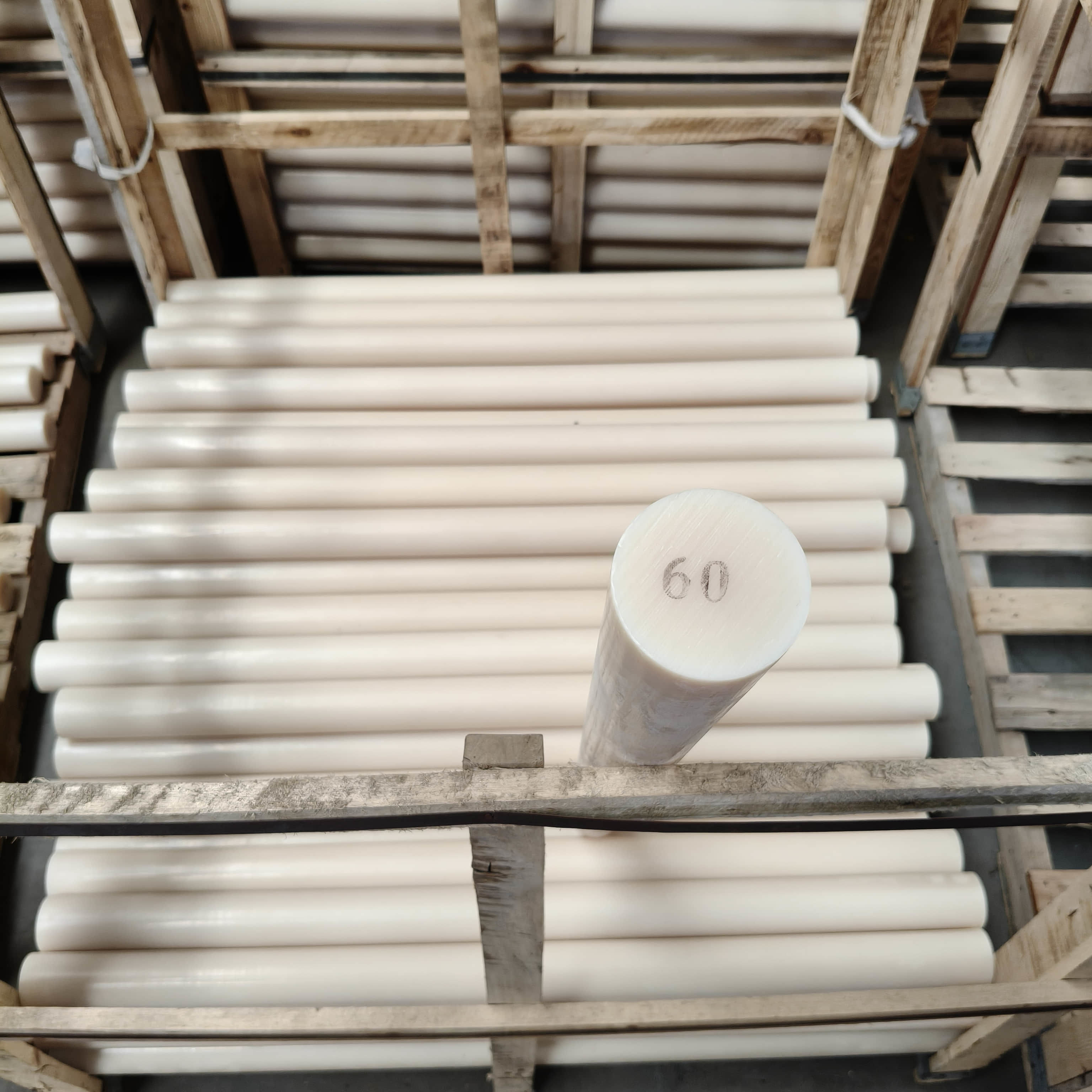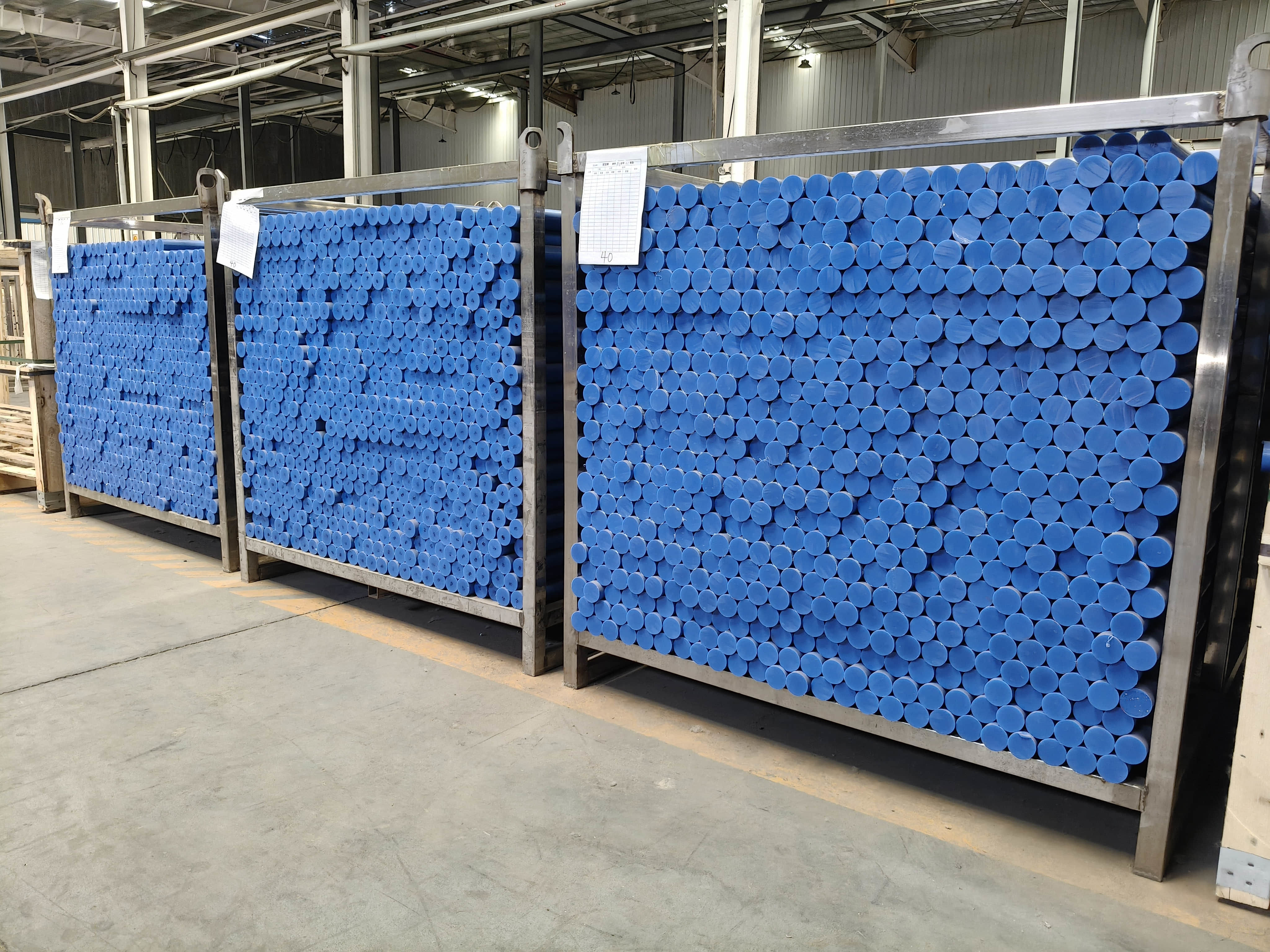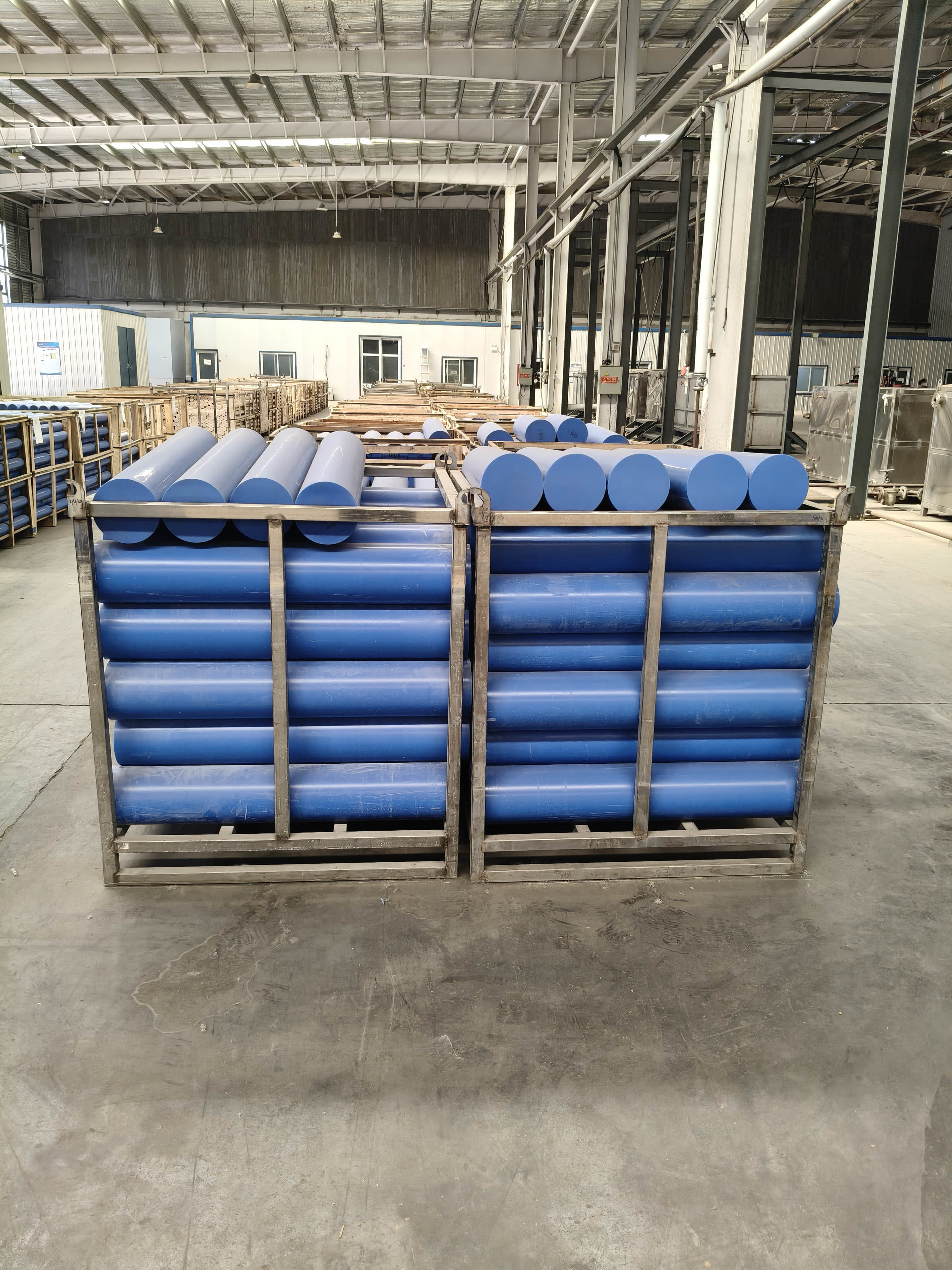MC Nylon (PA6): A Comprehensive Guide from Naming to Applications
2025-10-02
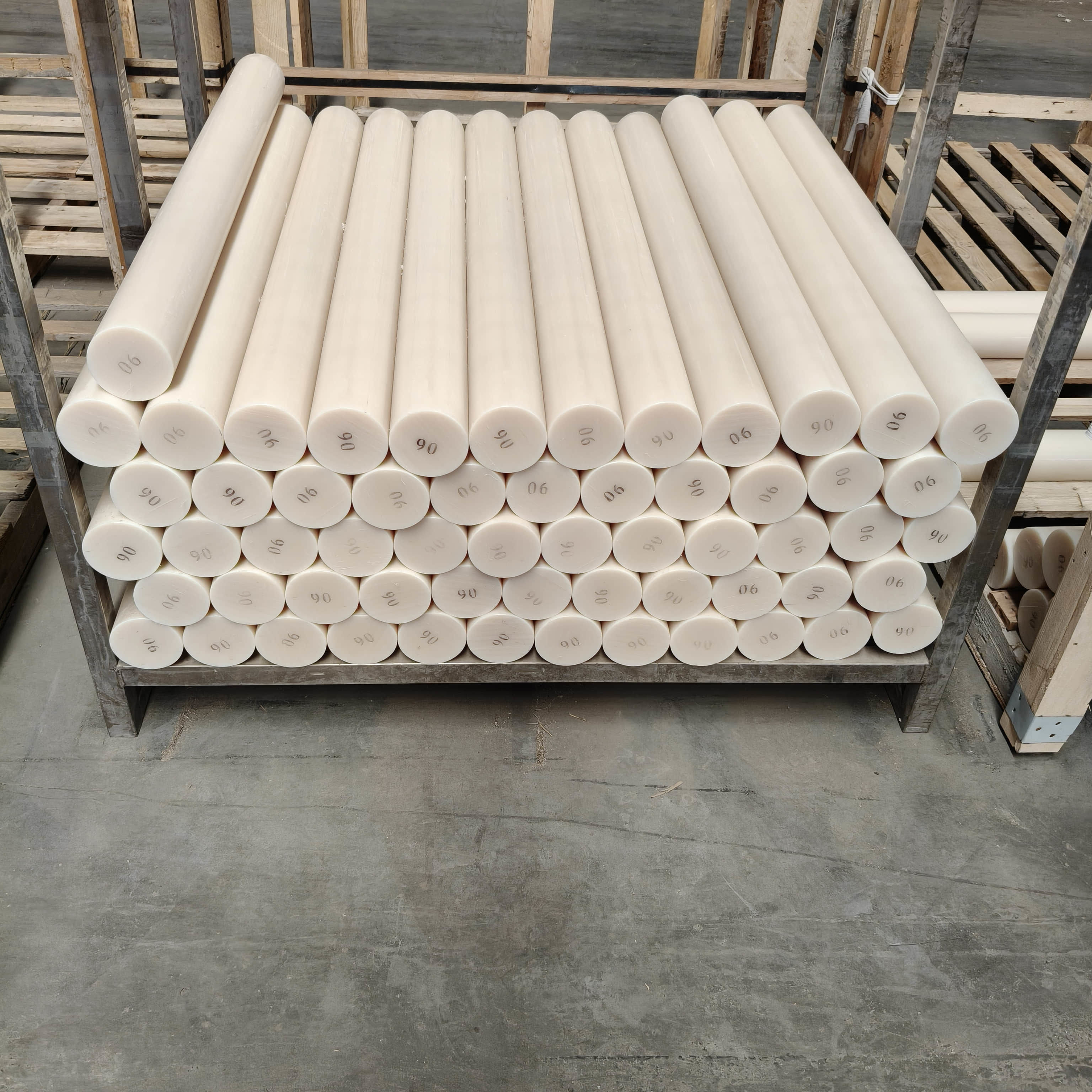
In the fields of engineering design, mechanical processing, and material procurement, the various names for PA6 materials often cause confusion. A quotation might list "PA6," a design drawing could specify "Nylon 6," an international trade document might refer to "Polyamide 6," and suppliers often recommend "MC Nylon." These names may seem complex, but they all point to the same core material. However, differences in processes and modifications directly impact performance and application scenarios. Without proper identification, this can lead to repeated inquiries, specification errors, or procurement mistakes. This article systematically analyzes the correspondences of these names and explores application strategies to help you select materials efficiently.
The Essence Behind the Names: The Connection Between PA6 and MC Nylon
PA6 is the international standard abbreviation for polyamide 6, a member of the nylon family renowned for its excellent toughness and wear resistance in industrial applications.
- Nylon 6: This is the commercial common name for PA6, particularly popular in European and American markets, and often used in everyday industrial descriptions.
- Polyamide 6: The chemical and academic term, more formal, commonly appearing in technical specifications, patent documents, and international trade contracts.
- MC Nylon (MC Nylon, or PA6G): Refers specifically to the PA6 variant produced via the monomer casting (Monomer Casting) process. This method polymerizes monomers directly in the mold, resulting in a higher molecular weight polymer that enhances mechanical strength and dimensional stability. Compared to traditional extruded PA6, MC Nylon is better suited for manufacturing large sheets, rods, and tubes.
Core Insight: PA6 is the general base name, while MC Nylon (PA6G) is its premium cast form, offering superior performance for scenarios requiring higher precision and durability.
Classification and Characteristic Comparison of the PA6 Family
PA6 materials derive into multiple subtypes based on production processes and modifications. The following table summarizes the key variants' differences for quick comparison:
| Material Category | Production Method | Key Characteristics | Typical Applications |
|---|---|---|---|
| PA6 (Nylon 6 / Polyamide 6) | Melt Extrusion Molding | Strong toughness, wear-resistant, cost-effective, moderate moisture absorption | Gears, pulleys, bushings |
| PA66 (Nylon 66) | Melt Extrusion Molding | Superior strength and heat resistance, but higher moisture absorption | Automotive parts, electrical housings |
| MC Nylon (PA6G, Cast Nylon 6) | Monomer Casting Molding | High molecular weight, high strength, excellent dimensional stability, suitable for large parts | Large gears, rollers, structural components |
| PA6-Oil (Oil-Filled MC Nylon) | Casting + Oil Modification | Self-lubricating, low friction, extended lifespan | Bearings, sliders, conveyor components |
| PA6-GF (Glass Fiber Reinforced Nylon) | Addition of Glass Fibers | Enhanced rigidity, good dimensional stability, but reduced impact toughness | Load-bearing structures, mechanical frames |
| PA6-FR (Flame-Retardant Nylon) | Addition of Flame Retardants | High flame retardancy, meets safety standards | Electrical housings, appliance components |
| PA6-ESD / PA6-C (Antistatic / Conductive Nylon) | Conductive Modification | Prevents static buildup, ensures equipment safety | Electronic parts, explosion-proof equipment |
As shown in the table, PA66 slightly outperforms PA6 in high-temperature and strength applications, but the MC Nylon series stands out due to its casting process, especially in large precision parts.
Practical Tips for Avoiding Naming Pitfalls
The diversity of material names often stems from regional habits and industry standards. To prevent misunderstandings, consider the following strategies:
- Standardized Notation: Use "PA6 (Nylon 6 / Polyamide 6 / MC Nylon)" uniformly in documents for seamless cross-team communication.
- Specify Grade and Modifications: Detail specifics, such as "PA6-GF30 (30% glass fiber reinforced)" or "PA6-Oil (oil-filled cast nylon)," to lock in exact performance.
- Focus on Performance Needs: Avoid fixating on names; instead, evaluate the application environment—for example, prioritize MC Nylon for high-load scenarios and standard PA6 for low-cost general parts.
These methods can significantly reduce communication barriers and ensure precise procurement.
Conclusion: The Wise Path to Material Selection
In summary, PA6, Nylon 6, and Polyamide 6 are synonymous terms for polyamide 6, while MC Nylon (PA6G) represents its cast upgrade, advancing further in molecular structure and processing advantages—particularly suitable for wear-resistant large components. PA66 excels in heat resistance. Further modifications (such as oil-filled, reinforced, flame-retardant) tailor solutions for specific industries.
Procurement Tips: Employ dual safeguards of unified naming + explicit grade specification to effectively mitigate risks and achieve efficient material selection.
Hesitating on material choices? Contact us for professional consultation on MC Nylon and PA6, sample testing, and personalized customization services to build reliable engineering solutions together!
TAG:
Related News
How to Choose Sliding Parts: On-Site Differences Between PA6 and POM



